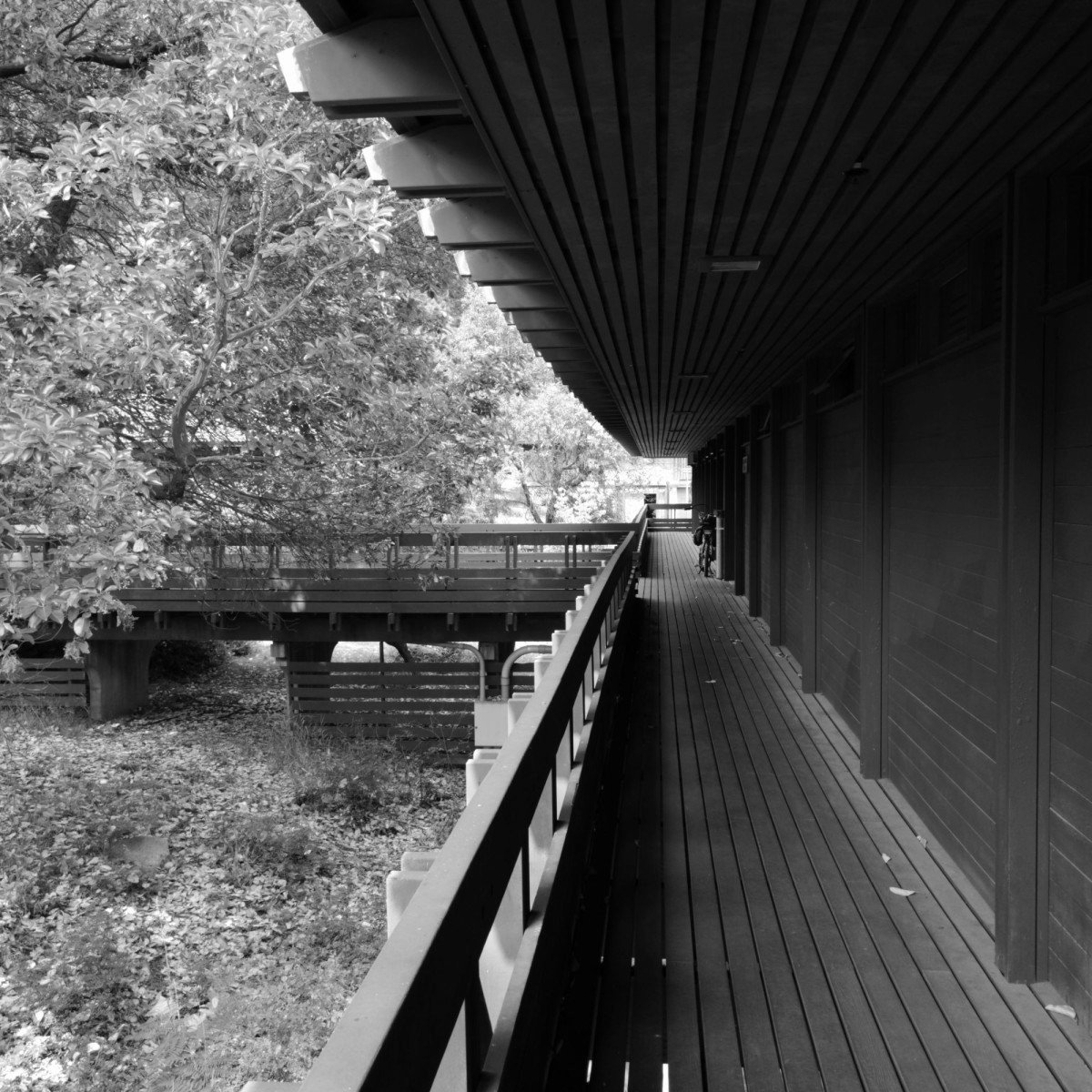Three years ago, while traversing the hallowed grounds of Machu Picchu, I had an epiphany. Overwhelmed by the serenity of the Andean peaks, I realized that beauty doesn’t reside in complexity. And as I held my camera towards the ancient citadel, the stark contrast between the bustling civilization and the tranquil skyline screamed ‘Minimalism’. Question is, have you ever found beauty in simplicity? Can a single silhouette against a sunset backdrop bring as much joy as a busy cityscape?
According to a study, people are 22% more likely to remember information when it’s presented minimally. Doesn’t that translate beautifully into the world of photography? Specifically travel photography, where we’re always seeking ways to capture the essence of our journey. Minimalism, my friends, is an underappreciated sauce that can add a certain ‘je ne sais quoi’ to our photographic repertoire.
The Birth of the Minimalistic Approach
Imagine you’re on a sun-kissed beach. You want to encapsulate that feeling of peace and tranquillity. Now, you could photograph every little detail — the pebbles beneath your feet, the palm trees swaying in the wind, teenagers surfing in the distance — but isn’t it overkill sometimes?
‘Less is more,’ as Mies van der Rohe famously quoted. Minimalism in travel photography is not about limiting your avenues of creativity; it’s about expanding them in a different direction, much like monochrome travel photography does. You simplify the composition, focus on a few elements, and let the viewer fill in the rest.
Setting the Stage for Minimalism
Creating a fantastic minimalist photograph requires a perfect amalgamation of elements. Just as a well-cooked meal becomes a delicacy when all ingredients are tempered to perfection, a minimalist image thrives on balance and simplicity.
1. The Power of Negative Space
Utilize the vastness of an empty area to accentuate your subject. An expansive sky, a seamless sea, or even a blank wall can provide the perfect contrast to your subject. The resulting photograph boasts an understated elegance that often leaves a lasting impression.
2. The Dance of Shadows
Lighting isn’t just crucial for illuminating your subject; it’s also a tool to create unique compositions. Falling shadows, or even silhouettes, can instigate a dance of drama and intrigue in your images. Skilful use of shadows can add depth, draw attention, and intensify the story behind your Minimal Art.
3. Perfecting the Palette
One often overlooked aspect of minimalist photography is color moderation. Keeping your color palette simple prevents the image from appearing too busy or disoriented. Monotones, pastels, or even a clean black and white scheme can amplify the minimalistic effect.
4. The Allure of Simplicity
The heart of minimalism is simplicity. Remember, the goal is not to showcase as much as possible, but to communicate as much as possible with as little as possible. Simplify your photographs by focusing on one, two, or three elements that communicate the complete story of your journey.
Embracing the Philosophy of Minimalism
Just like savoring a drop of fine wine or enjoying the quiet rustle of leaves under an autumn sky, appreciating minimalism equals appreciating simplicity itself. The charm of a minimalist photograph is that it doesn’t try too hard to be what it is not. It doesn’t appeal to complexity or chaos; instead, it invites the viewer into a tranquil space where less visual information means more room for personal interpretation.
So, dear voyagers and photography enthusiasts, isn’t it time that we adopt this way of seeing and capturing the world? After all, Beauty lies in simplicity. And with minimalism as our tool, we’re simply refining the art of beholding truth through our lenses.
Now, where’s your camera? Are you ready to embrace the art of minimalistic travel photography?


0 Comment